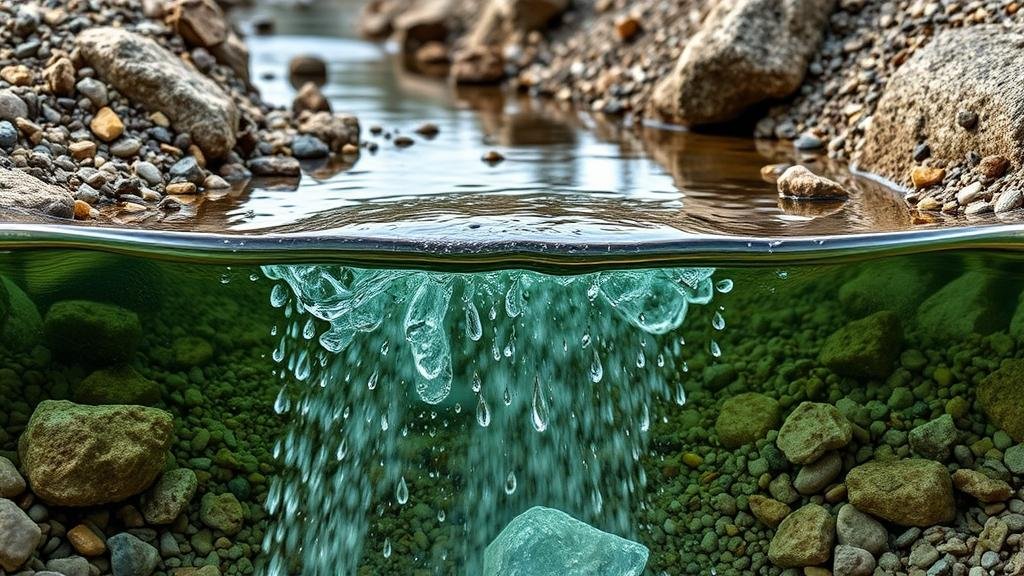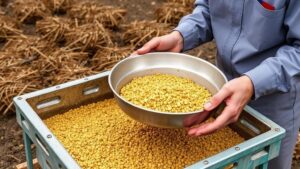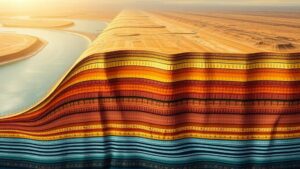How to Use Gravel Sorting by Water Flow to Locate Gold Layers
How to Use Gravel Sorting by Water Flow to Locate Gold Layers
The search for gold has captivated prospectors for centuries. One effective method to locate gold is through gravel sorting using water flow. This technique leverages the principles of specific gravity and sedimentary deposition to help miners identify areas where gold is more likely to be found. This article will explore the mechanics of gravel sorting by water flow, practical techniques for implementation, and real-world applications that demonstrate its effectiveness.
The Principles of Gravel Sorting by Water Flow
Gravel sorting by water flow is based on the idea that different materials within a water-carrying medium have distinct weights and will settle at different rates. Gold, being a dense metal with a specific gravity of approximately 19.3, is heavier than most common sedimentary materials.
When water flows over a mixture of sediment, the lighter materials like sand and silt are carried further downstream, while heavier materials, including gold, settle out more quickly. This natural process can be harnessed to enhance gold recovery.
Key Components of the Process
Several key components contribute to the successful implementation of gravel sorting by water flow:
- Water Source: A reliable source of water is crucial, whether it be a river, stream, or by creating an artificial flow using pumps.
- Gravel Bed: The gravel bed serves as the initial deposit of material. composition and thickness can influence the outcome.
- Flow Rate: Adjusting the flow rate is essential since too much water can wash away fine gold, while too little flow may not be sufficient to move lighter materials.
- Equipment: Tools such as sluice boxes, highbankers, and classifiers are often used to facilitate the sorting process.
Practical Techniques for Gravel Sorting
Setting Up Your Operation
Proper setup is crucial for effective gravel sorting. First, choose an area known for gold deposits, potentially near bedrock, where heavier materials naturally accumulate. Set up the sluice box at a slight incline to promote the movement of materials through the system.
Executing the Sorting Process
To conduct gravel sorting:
- Load the Sluice Box: Add shovel-sized quantities of gravel to the sluice box.
- Manage Water Flow: Gradually adjust the water flow to ensure that the lighter materials are transported downstream while allowing the heavier materials to settle.
- Inspect Regularly: Frequent checks allow you to assess the types of materials accumulating within the sluice box, helping to optimize finer adjustments.
Identifying Gold Layers
After conducting several rounds of gravel sorting, its essential to analyze the materials collected. Gold is typically found in different layers, often situated below a cobble layer or embedded within fine gravels. Understanding the stratification can lead to more successful prospecting in subsequent attempts.
Real-World Applications
Gravel sorting by water flow is not only a theoretical concept; it has been applied successfully in various mining operations worldwide. For example, the Klondike Gold Rush of the late 19th century exemplified this technique. Miners used water cannons to wash away lighter materials, revealing richer deposits of gold in underlying gravels.
More recently, modern-day operations have implemented hydraulic mining techniques in conjunction with state-of-the-art equipment to refine this process, achieving higher efficiencies in gold recovery.
Actionable Takeaways
With a solid understanding of gravel sorting by water flow, prospectors can improve their chances of locating gold significantly. Here are key takeaways to consider:
- Ensure an adequate water source and optimal flow rate for the individual site conditions.
- Regularly inspect and adjust your techniques based on the materials being sorted.
- Study the layering of accumulations to better target your next efforts.
By refining these techniques and applying the principles of water flow and sedimentation, prospectors can enhance their gold-finding endeavors and maximize their returns on investment in both time and resources.



